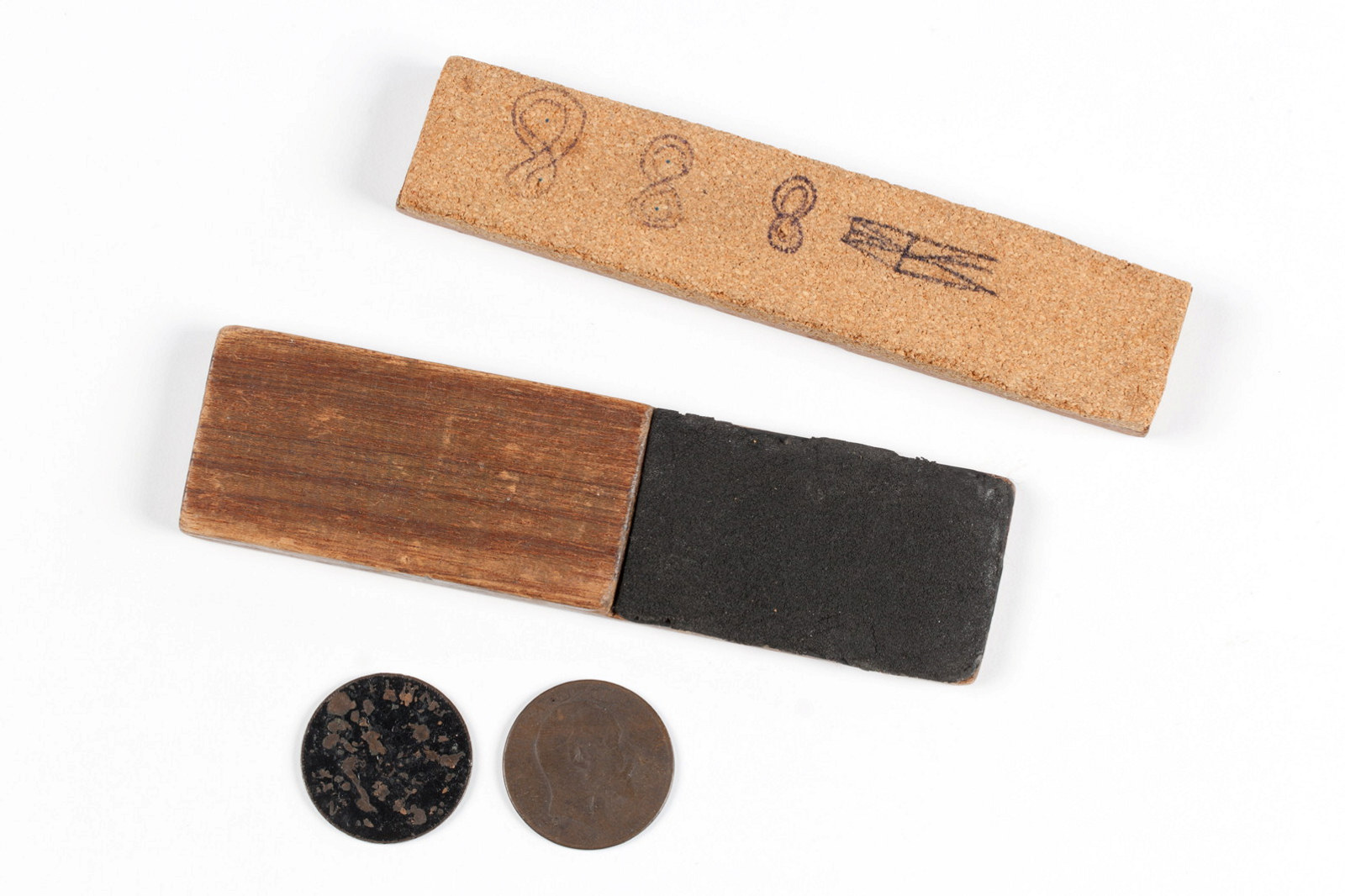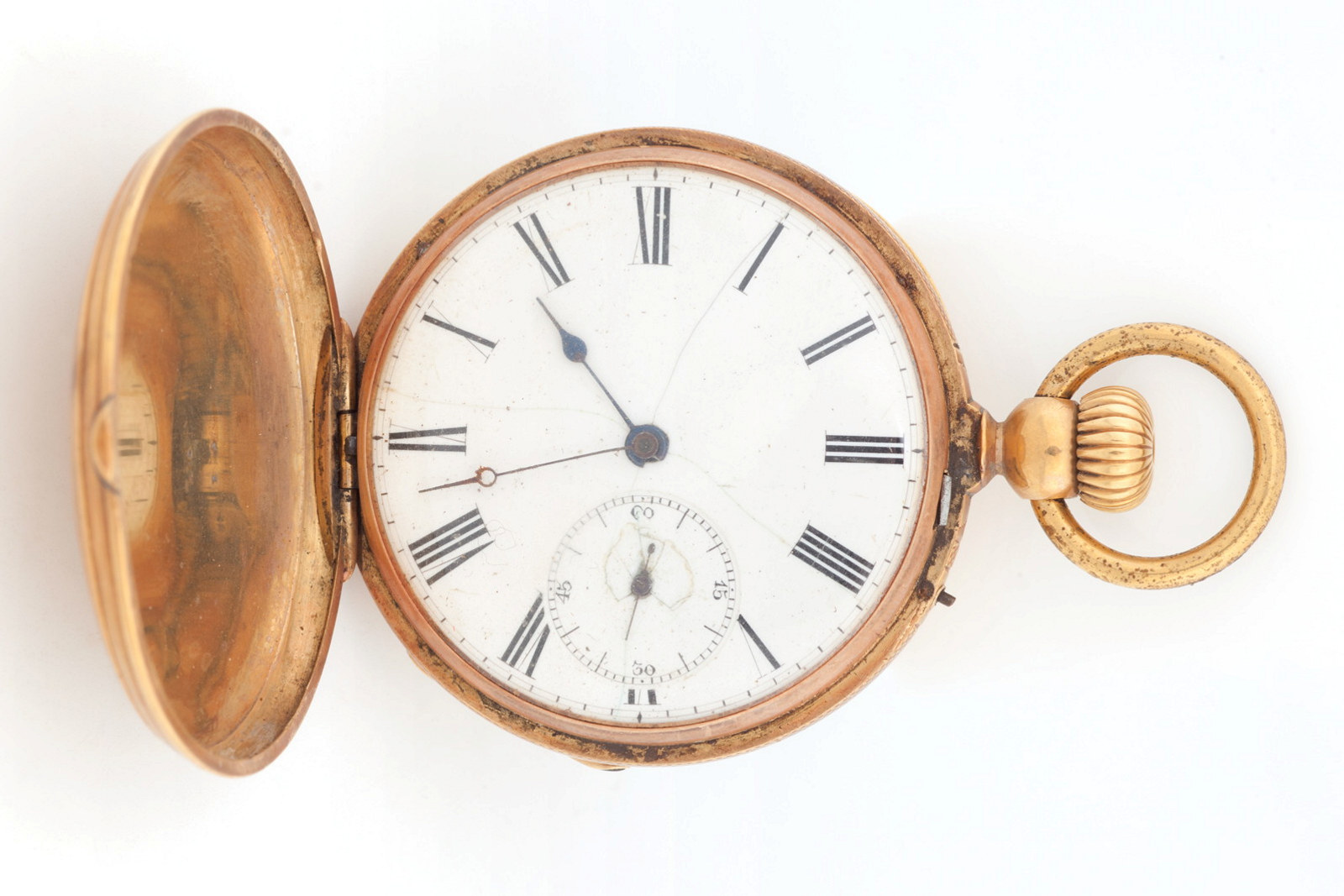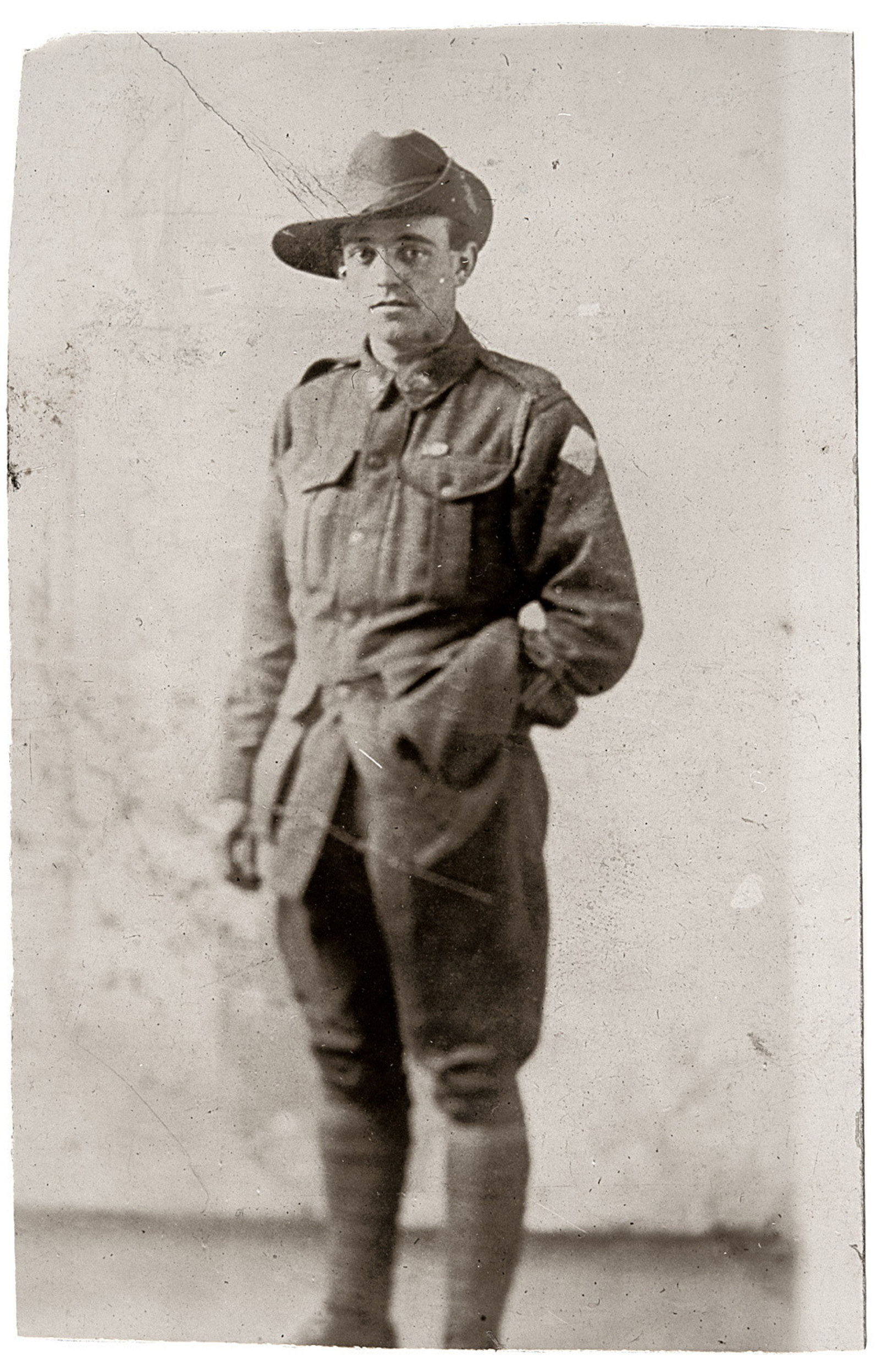Up Close and Personal
A Behind-the-Scenes Look at the Susannah Place Collection
Join Museums of History NSW Curator Anna Cossu and Collections Care Coordinator Sarah-Jane Rennie at the Museums Discovery Centre (MDC) for a special behind-the-scenes tour of the diverse Susannah Place Collection held in our collection store.
Discover the stories behind the objects – from surviving remnants of linoleums and wallpapers to furniture, household items and personal mementos donated by previous tenants – and how they are stored and cared for at the MDC. These objects give voice to, and connect us with, the generations of working-class families who lived in the terrace of four small houses located in The Rocks.
After the tour you can explore the public displays of other collections held at the MDC, which is open from 10am to 4pm. The onsite cafe is open 10am to 3pm.
Access via 2 Green Road, Castle Hill TAFE entrance.
Members get more: Members enjoy pre-sale access and a 20% discount on tickets.
Related

Collections Series
The MHNSW Collection Series explores the many stories of home, garden, history and life celebrated in these expansive and diverse collections
Susannah Place stories
Browse all
Come in spinner!
Gambling in Australia is regulated by the state and some types of gambling are illegal. The game Two-up, with its catch cry of ‘Come in Spinner!’, is legal only on Anzac Day and only in some states

WW1
Ada Gallagher’s war
In 1914, at the outbreak of war, Ada (Adelaide) Gallagher was living with her husband, John, her daughter, Mary, usually known as Girlie, and her two younger sons, Fred and Frank, at 52 Gloucester Street in The Rocks

Keeping time
In the eighteenth and nineteenth centuries watches were designed to carried on the person, attached to a waist hook, looped over a belt or as part of a chatelaine in the case of women
